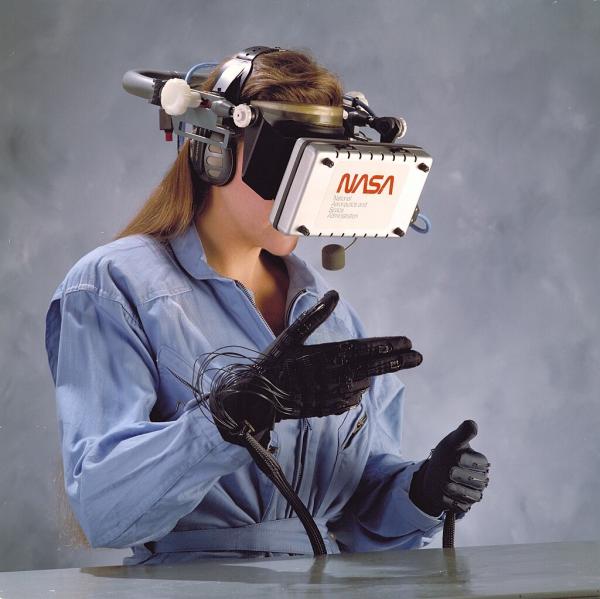The Application Of Fisheye Lens In Virtual Reality
Virtual Reality (VR) has revolutionized the way we experience digital content by immersing us in lifelike virtual environments. A key element of this immersive experience is the visual aspect, which is greatly enhanced by the use of fisheye lenses.
Fisheye lenses, known for their wide-angle and distorted perspective, have found a unique application in VR, enabling users to explore virtual worlds with a greater field of view and an enhanced sense of presence. This article delves into the fascinating realm of fisheye lenses and their invaluable role in the world of virtual reality.
Fisheye lens application
Fisheye Lenses:
Fisheye lenses are a type of wide-angle lens that captures an extremely wide field of view, often exceeding 180 degrees. These lenses exhibit significant barrel distortion, resulting in a curved and distorted appearance of the captured image. While this distortion might be undesirable in traditional photography or cinematography, it proves to be immensely useful in the realm of virtual reality.
Fisheye lenses allow VR content creators to capture a broader perspective of the virtual world, mimicking the natural human field of vision and enhancing the overall sense of immersion.
Enhancing Field of View:
One of the primary advantages of incorporating fisheye lenses in VR is their ability to significantly expand the field of view (FOV). By capturing a wider angle of the virtual environment, fisheye lenses offer users a more comprehensive and immersive experience.
A broader FOV enables users to perceive peripheral details, resulting in a heightened sense of presence within the virtual world. Whether it’s exploring a fantasy landscape, navigating a virtual museum, or engaging in a thrilling gaming experience, a wider FOV enhances the feeling of being physically present within the virtual realm.
Achieving Realistic Immersion:
In VR, realism and immersion play a crucial role in captivating users. Fisheye lenses contribute to this by simulating the natural human eye’s perspective. Our eyes perceive the world with a certain level of distortion and peripheral vision, which the fisheye lens emulates, creating a more authentic VR experience.
By accurately replicating the human field of vision, the fisheye lens diminishes the boundaries between the real and virtual worlds, fostering a greater sense of realism and presence.
Applications in VR Content Creation:
Fisheye lenses find numerous applications in the creation of VR content across various industries. In architectural visualization, these lenses enable architects and designers to showcase their projects in a more immersive and interactive manner. The wide-angle view allows clients to explore virtual spaces as if they were physically present, providing valuable insights into the design and layout.
The application of fisheye lens in VR
Moreover, in the realm of virtual tourism, fisheye lenses capture panoramic scenes that transport users to faraway destinations. Whether it’s wandering through ancient ruins, strolling along picturesque beaches, or admiring breathtaking natural wonders, VR experiences powered by fisheye lenses allow users to virtually travel the world from the comfort of their homes.
Additionally, fisheye lenses have proven to be invaluable in gaming, where they enhance the sense of scale, depth, and realism. By capturing an extended field of view, players can better navigate virtual worlds, anticipate in-game events, and engage more fully with the game environment.
The incorporation of fisheye lenses in virtual reality has opened up a new dimension of immersive experiences. By expanding the field of view, replicating the human perspective, and fostering a sense of realism, these lenses play a vital role in creating captivating VR content. As technology advances, we can expect further refinements in fisheye lens technology, resulting in even more immersive and lifelike virtual.

